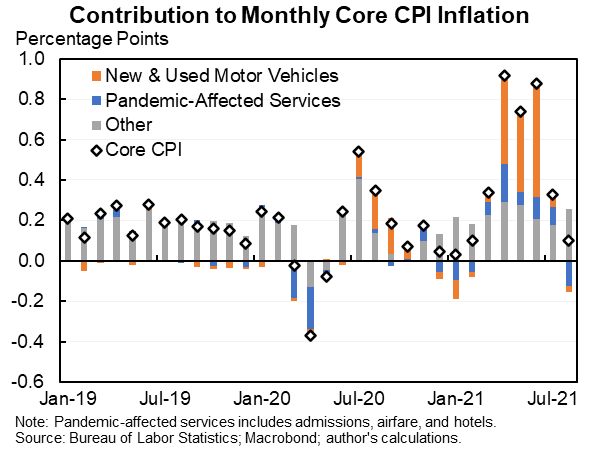
The House bill doubles cigarette taxes from $1/pack to $2/pack and raises other tobacco taxes. The direct effect of this is regressive but the indirect effects are much larger, more important and very progressive--conferring larger health gains for lower-income households. A 🧵.
I addressed this issue in a speech I gave when I was at CEA arguing that the tobacco taxes disproportionately benefit lower-income households.
To fully analyze it we need to understand four components:
obamawhitehouse.archives.gov/sites/default/…
To fully analyze it we need to understand four components:
obamawhitehouse.archives.gov/sites/default/…

1. The direct effect. This is regressive because lower-income people smoke more and thus end up paying more in taxes.
(Technical aside: The incidence of the tax is likely partly but not fully on consumers because contrary to conventional wisdom demand is not inelastic.)
(Technical aside: The incidence of the tax is likely partly but not fully on consumers because contrary to conventional wisdom demand is not inelastic.)
2. The effects on health. I estimated that the 2009 tax increase from $0.39/pack to $1.00/pack saved 15-70K lives per cohort. Most of those lives were lower-income people. This legislation would save a similar number of lives.
3. The cost of reduced pleasure from smoking. This is tricky.
On the one hand, if people are rational & tobacco not addictive then the cost of reduced pleasure from smoking would almost exactly offset the health benefits--if not people would not have been smoking.
On the one hand, if people are rational & tobacco not addictive then the cost of reduced pleasure from smoking would almost exactly offset the health benefits--if not people would not have been smoking.
On the other hand, some dismiss the pleasure of smoking entirely and do not believe that its loss should count for anything.
While I personally find smoking revolting, I place enough weight on de gustibus non est disputandum that I think it is wrong to entirely disregard.
While I personally find smoking revolting, I place enough weight on de gustibus non est disputandum that I think it is wrong to entirely disregard.
I don't have a great solution to this tricky question but one rough guess might be to count 1/4 of the health benefits as a utility offset from lost pleasure from smoking. It is not all because people systematically underestimate how hard it will be to quit because of addiction.
4. The uses of the revenue. It is a mistake to analyze the distribution of one piece of a larger package on its own. If tobacco taxes pay for preschool then the benefits of that preschool should be counted in the distribution too.
Here is a rough and somewhat illustrative distributional analysis of the 2009 tobacco tax increase progressively adding these four different aspects. The current proposal would have similar characteristics. 

Finally, I don't know how to interpret President Biden's $400K pledge so I'm not making a legalistic argument about whether or not this violates the pledge. But it undoubtedly would save tens of thousands of lives and confer a very progressive set of benefits--and fund even more.
• • •
Missing some Tweet in this thread? You can try to
force a refresh

















